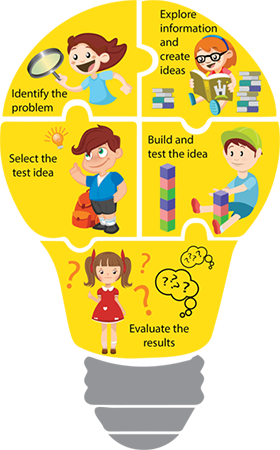
All too often, children get too bogged down with memorization of number facts, theories and formulae. While it is important for them to learn some logical mental calculation tricks (e.g. 19 x 8 can be calculated mentally as 20 x 8 less 8), it is not strictly important for them to master rote calculations (e.g. what is 7532 x 2357) to excel in real life as these can be done using machines (calculators, computers, etc).
At S.A.M, we put significant emphasis on mathematical problem solving as it involves application of mathematics concepts and skills in a wide range of situations, including non-routine, open-ended and real-world problems. These help in development of their logical thinking skills such as Heuristics, Metacognition and Modelling Techniques amongst others. These are skills which are not only useful in higher studies but also in life.
As per the PISA 2012 study, Singapore students were rated the best in problem solving. They possessed highly valued competencies such as
Bar modelling is a very powerful tool for problem solving and development of logical thinking skills. It was developed by a team of specialists in Ministry of Education, Singapore in 1980s to help upper primary pupils understand mathematical concepts in a visual way.
We will illustrate the application of bar modeling through a simple example :
Jack spent one-fourth (1/4) of his money to buy books, and one sixth (1/6) of his remaining to buy food. He then have INR 55 left. How much did Jack pay for his books?
We typically solve this kind of fraction problem using algebraic equations. At S.A.M, children solve this logically using the step by step, Singapore Bar Model Method as illustrated below:





